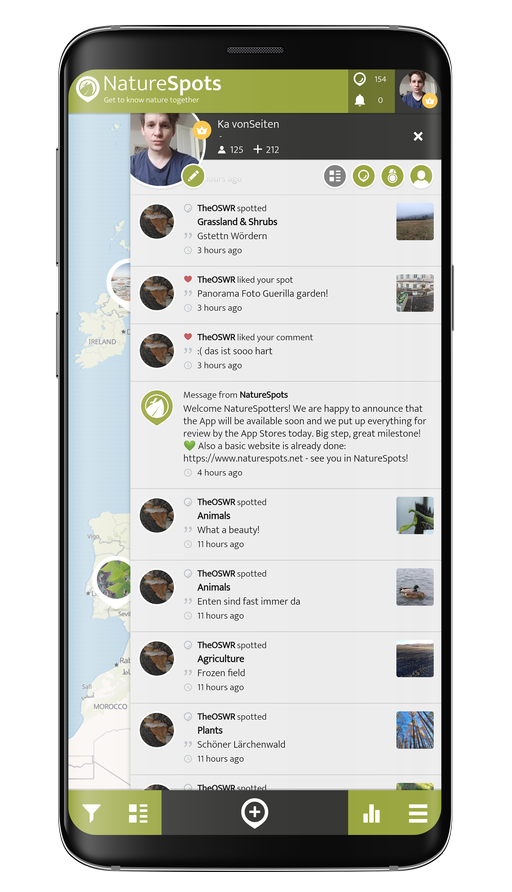Alpine tundra is a type of natural region or biome that does not contain trees because it is at high elevation. As the latitude of a location approaches the poles, the threshold elevation for alpine tundra gets lower until it reaches sea level, and alpine tundra merges with polar tundra.
The high elevation causes an adverse climate, which is too cold and windy to support tree growth. Alpine tundra transitions to sub-alpine forests below the tree line; stunted forests occurring at the forest-tundra ecotone are known as Krummholz. With increasing elevation it ends at the snow line where snow and ice persist through summer.
Alpine tundra occurs in mountains worldwide. The flora of the alpine tundra is characterized by dwarf shrubs close to the ground. The cold climate of the alpine tundra is caused by adiabatic cooling of air, and is similar to polar climate.
Geography
Alpine tundra occurs at high enough altitude at any latitude. Portions of montane grasslands and shrublands ecoregions worldwide include alpine tundra. Large regions of alpine tundra occur in the North American Cordillera and parts of the northern Appalachian Mountains in North America, the Alps and Pyrenees of Europe, the Himalaya and Karakoram of Asia, the Andes of South America, the Eastern Rift mountains of Africa, and the South Island of New Zealand.
Alpine tundra occupies high-mountain summits, slopes, and ridges above timberline. Aspect plays a role as well; the treeline often occurs at higher elevations on warmer equator-facing slopes. Because the alpine zone is present only on mountains, much of the landscape is rugged and broken, with rocky, snowcapped peaks, cliffs, and talus slopes, but also contains areas of gently rolling to almost flat topography.
Averaging over many locations and local microclimates, the treeline rises 75 meters (245 ft) when moving 1 degree south from 70 to 50°N, and 130 meters (430 ft) per degree from 50 to 30°N. Between 30°N and 20°S, the treeline is roughly constant, between 3,500 and 4,000 meters (11,500 and 13,100 ft).
Source: Wikipedia contributors. "Alpine tundra." Wikipedia, The Free Encyclopedia. Wikipedia, The Free Encyclopedia, 31 May. 2021. Web. 28 Jun. 2021.

